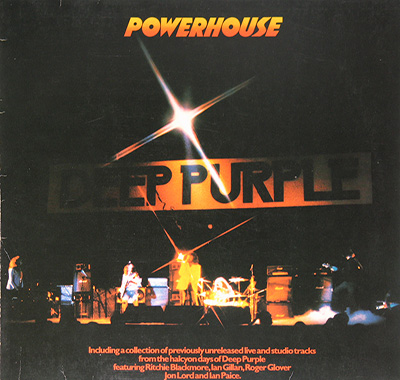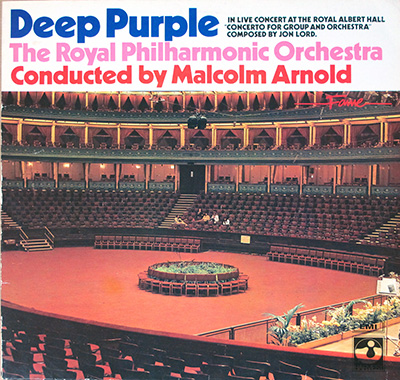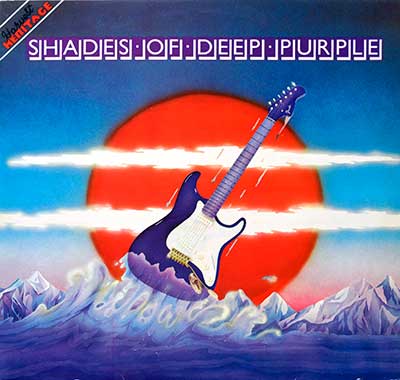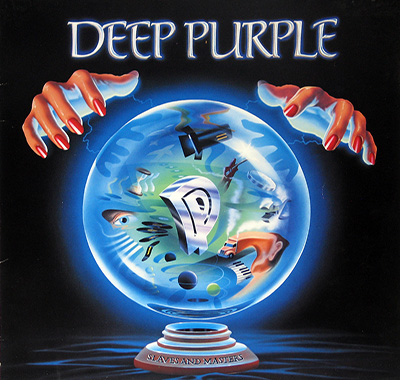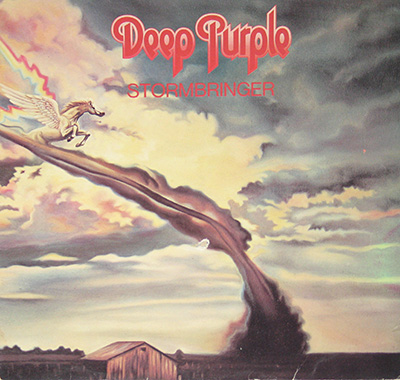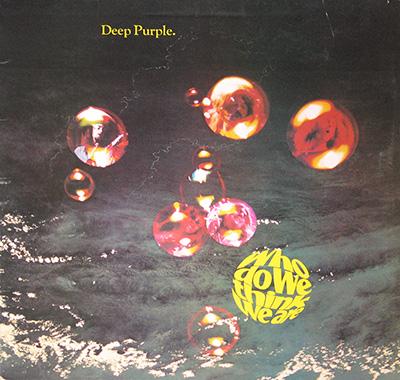Album Description:
Deep Purple's 1972 album "Machine Head" stands as a towering monument in the evolution of hard rock and heavy metal. Recorded amidst a tumultuous period for the band, the album unleashed a torrent of raw energy and musical virtuosity that redefined the sonic landscape of the era.
A Moment of Musical Brilliance
"Machine Head" showcases Deep Purple at their creative peak. Tracks like the frenetic "Highway Star," the anthemic "Smoke on the Water", and the soulful "Lazy" demonstrate the band's exceptional songwriting and instrumental prowess.
"Highway Star": A Speed Demon Unleashed
"Highway Star" explodes as the album's opener, a relentless burst of speed and precision. Inspired by a question from a journalist, the song evolved from an impromptu jam during a bus ride. Ritchie Blackmore's blistering guitar riffs and Jon Lord's swirling organ create a breakneck sonic duel. Ian Gillan's vocals convey raw power and the exhilaration of high-velocity driving. "Highway Star" is considered a seminal track in the development of both hard rock and heavy metal, inspiring generations of musicians with its intensity and virtuosity.
"Smoke on the Water": An Iconic Riff, A Timeless Story
Perhaps Deep Purple's most recognizable hit, "Smoke on the Water" was born from a real-life incident—the burning of the Montreux Casino in Switzerland during Frank Zappa's concert. The iconic opening riff, one of the most famous in rock history, is instantly memorable. The song's simple but effective structure and its vivid storytelling further solidify its place as a classic rock anthem.
Commercial Dominance
Upon its release, "Machine Head" catapulted Deep Purple to international stardom. The album topped the charts in several countries, including the UK, and stayed on the Billboard 200 in the US for an astonishing 118 weeks. Its commercial success cemented Deep Purple's status as one of rock music's premier acts.
The Italian Gatefold Edition
The Italian release of "Machine Head" boasts a unique distinction – the Gatefold 12" Vinyl LP format. This deluxe presentation enhances the album's aura, offering a more immersive and tactile experience for fans. Its distinctive artwork and larger format transformed the album into both a musical and a visual statement.
Smoke on the Water's history
"Smoke on the Water" is undeniably one of the most recognizable and iconic rock songs of all time. It was released as a track on Deep Purple's album "Machine Head" in 1972 and has since become an enduring anthem that transcends generations.
The genesis of "Smoke on the Water" lies in a real-life event that took place on 4 December 1971, at the Montreux Casino in Montreux, Switzerland. Deep Purple was set to record their album at the casino's theater but faced an unexpected setback. During a Frank Zappa concert, a fire broke out due to an audience member shooting a flare gun into the venue's rattan-covered ceiling. The entire casino complex was engulfed in flames, and the band watched the disaster unfold from their hotel, known as the Grand Hotel.
As they witnessed the inferno, the members of Deep Purple, like many other spectators, found themselves in awe of the spectacle before them. The sight of Lake Geneva ablaze with smoke rising into the night sky left a lasting impression on the band. The image of the smoke on the water became the inspiration for the song's title and its unforgettable guitar riff.
Ritchie Blackmore, the band's guitarist, composed the legendary riff that serves as the backbone of the song. The riff consists of four power chords played in a distinctive pattern: G, F, C, and D. This simple yet incredibly catchy guitar motif became instantly recognizable and helped propel the song to global fame.
Ian Gillan, Deep Purple's vocalist at the time, penned the lyrics for "Smoke on the Water." The song recounts the events of that fateful night in Montreux, capturing the chaos and excitement surrounding the fire. Gillan's narrative style of storytelling allows listeners to vividly picture the scene, evoking a sense of drama and anticipation.
"Smoke on the Water" became an immediate hit, achieving chart success around the world. Its impact extended far beyond the initial release, as the song's popularity continued to grow over the years. It remains a staple in rock music and has been covered by countless artists, further solidifying its status as a timeless classic.
The song's longevity can be attributed to its universally appealing elements. From the instantly recognizable guitar riff to the sing-along chorus, "Smoke on the Water" has an infectious quality that resonates with listeners across generations. Its combination of memorable melodies, powerful guitar work, and relatable lyrics has ensured its enduring presence on rock playlists and radio stations worldwide.
"Smoke on the Water" is more than just a song; it has become a cultural touchstone. Its impact on the world of rock music and popular culture is immeasurable. Whether it's being played at concerts, blasted from car stereos, or performed by aspiring guitarists, the song's influence and popularity endure, making it a true rock anthem that will continue to captivate audiences for years to come.
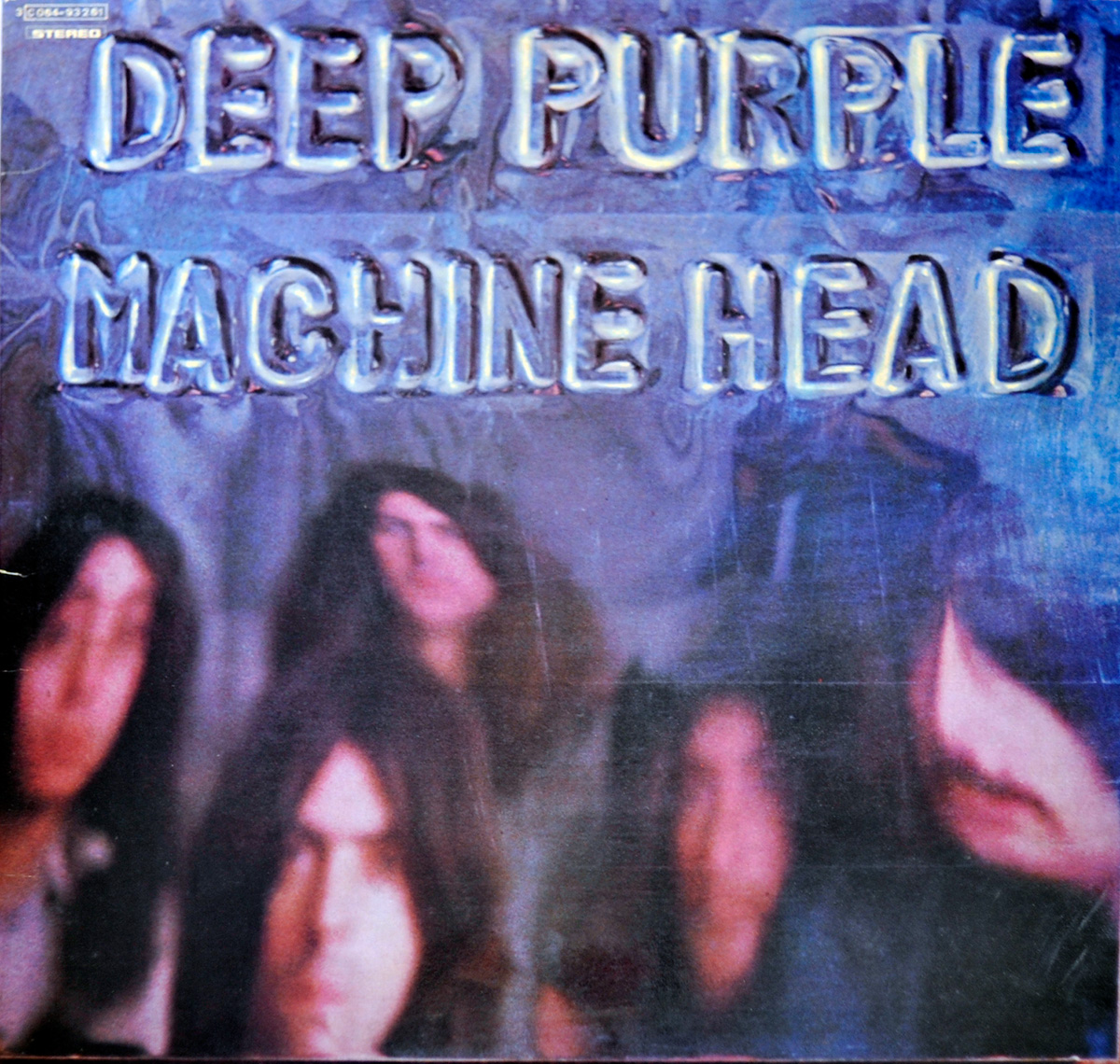
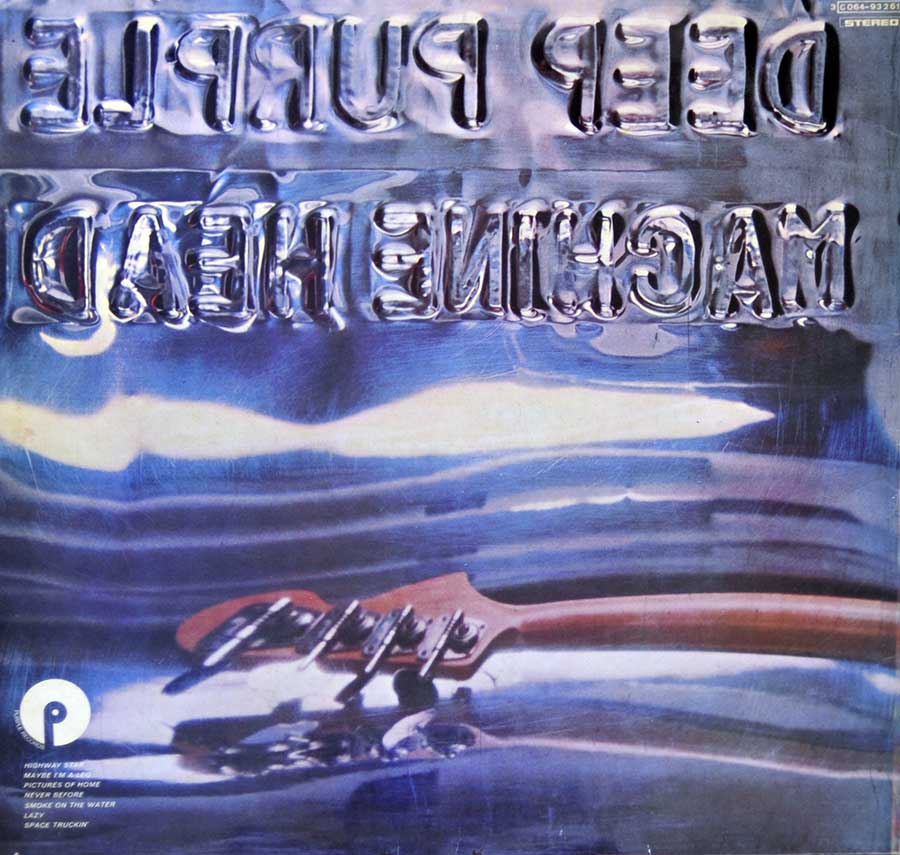
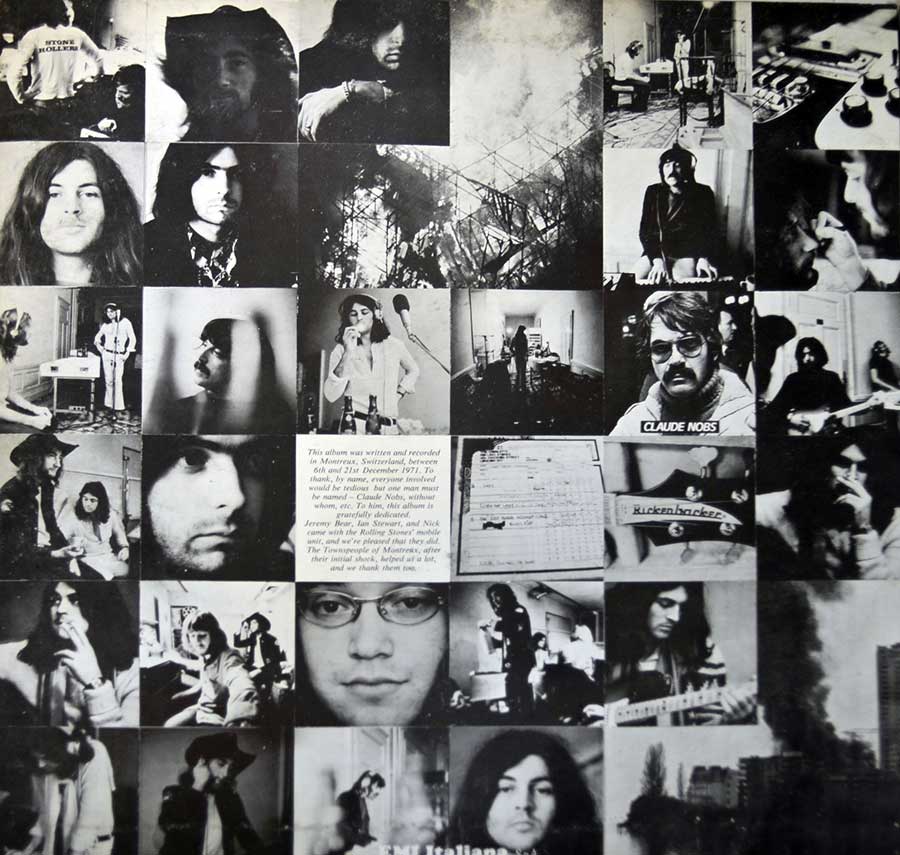
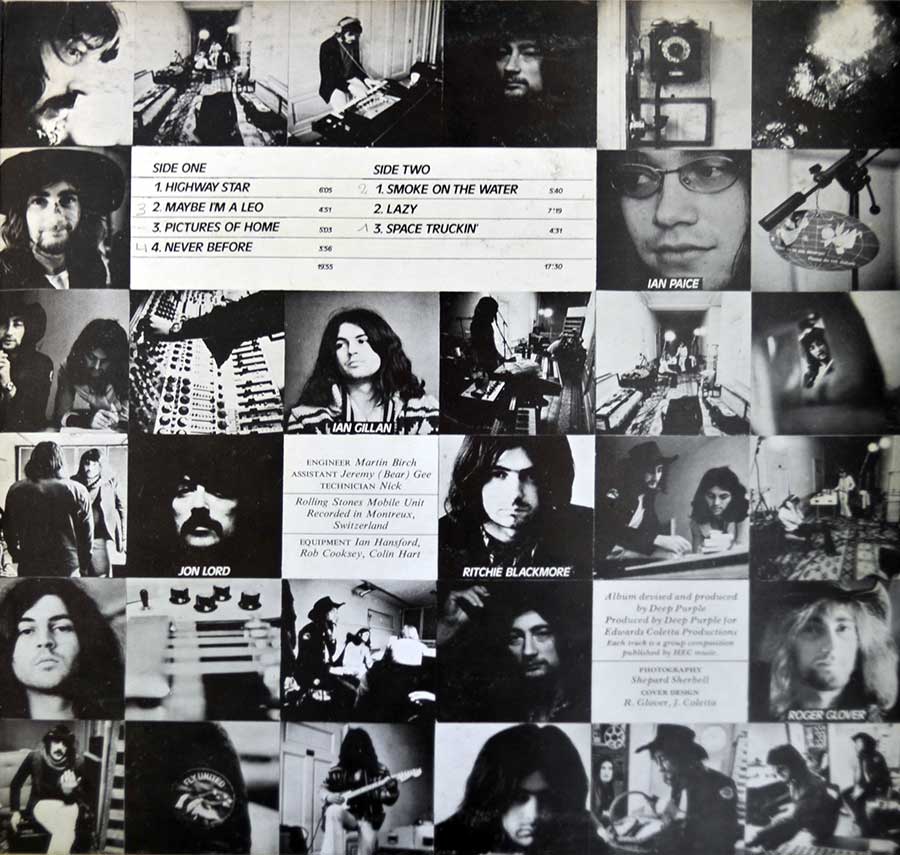
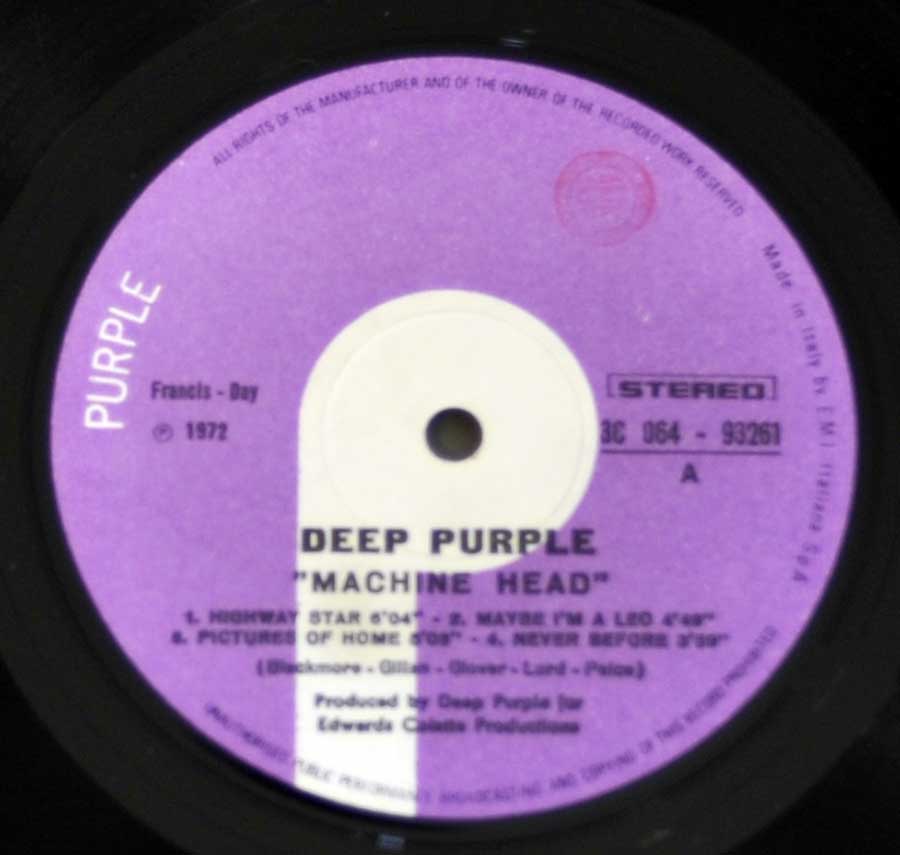

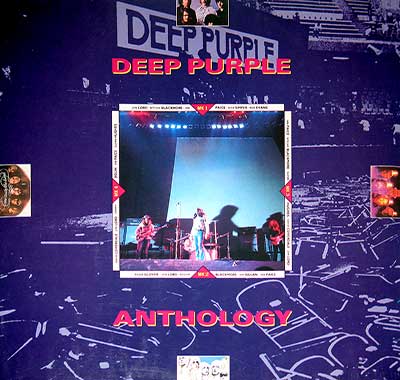
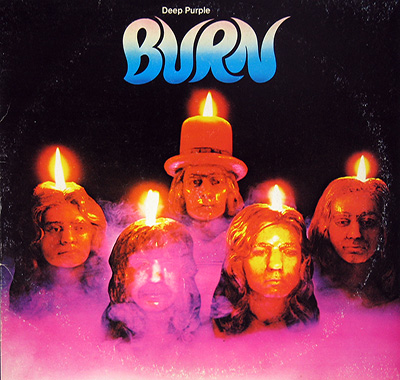
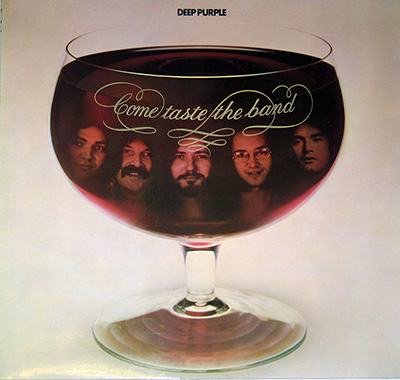
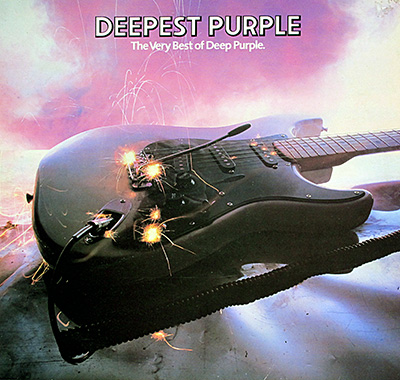
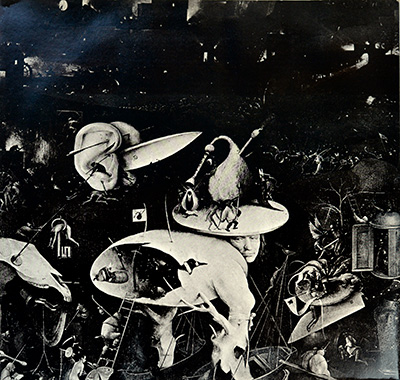
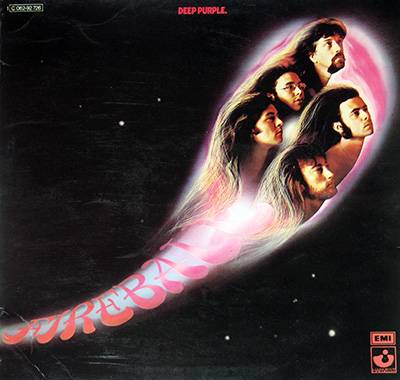
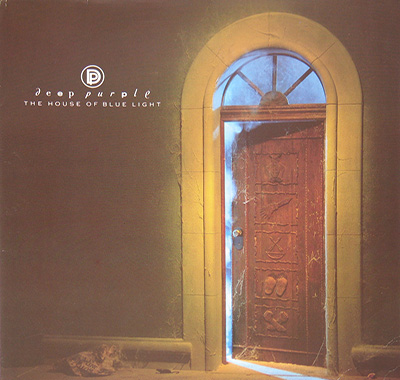
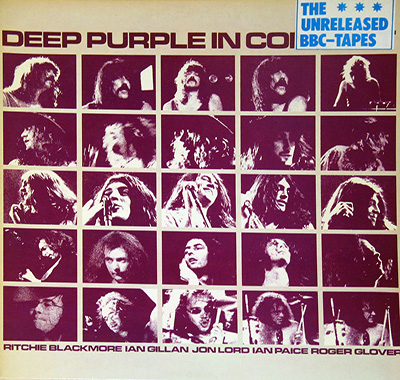
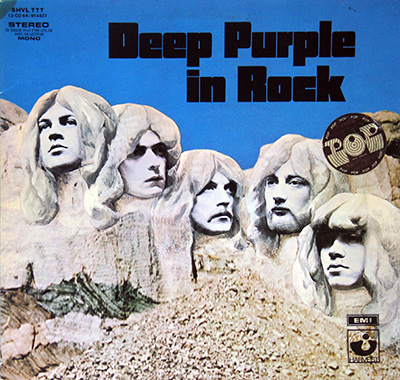

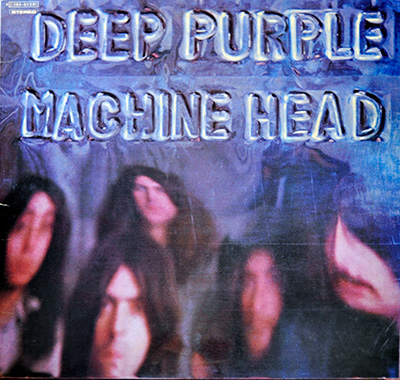
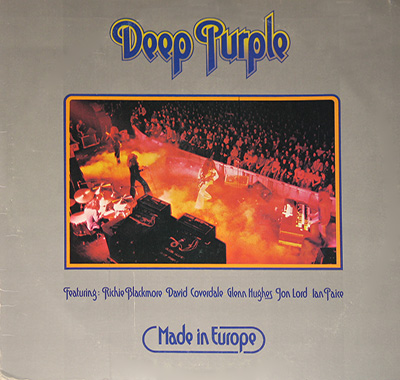
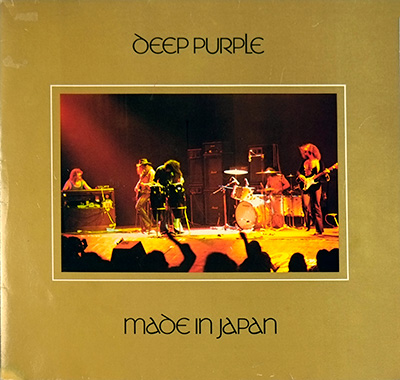
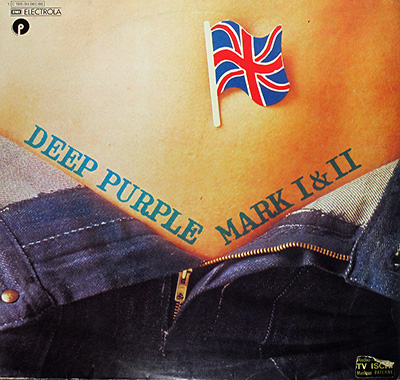
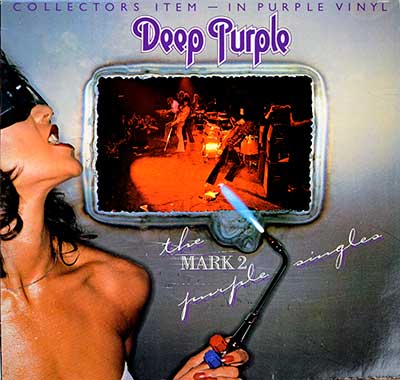
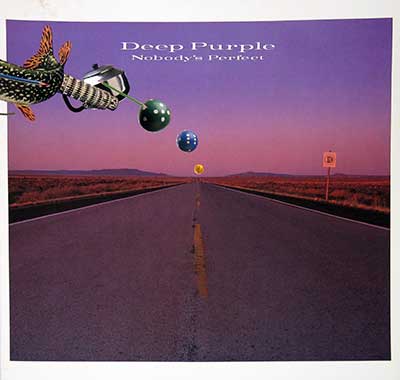
.jpg)
